Nearly a year ago, the San Francisco Bay Area imposed the country’s first lockdown, an early response that set the tone throughout the pandemic. As a result, San Francisco has had some of the lowest case and death rates in the country.
But today, the city is reckoning with a more complicated loss – the businesses that closed and never reopened, the residents who fled, the loss of of cultural institutions that served as safe spaces for marginalized communities.
“Right now, we look like one big war zone,” Betty Louie, adviser to the San Francisco Chinatown Merchants Association, said of the celebrated neighborhood. “All these boarded-up businesses. People have not had any income for a year. Who can survive like that?”
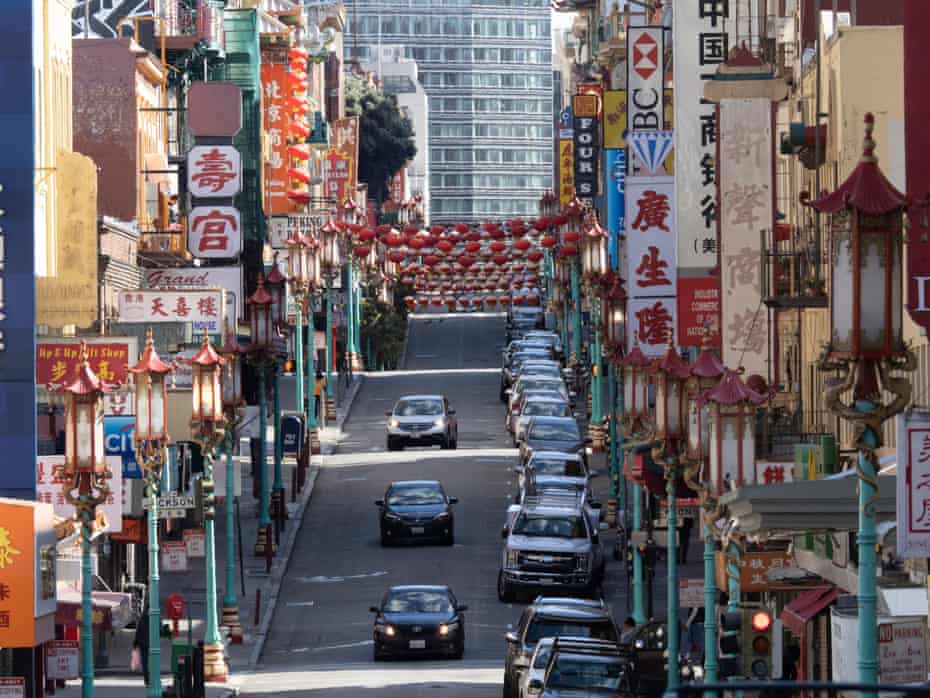
No one can say for sure what San Francisco will look like once the pandemic is over. More than 80,000 residents moved out between March and November 2020, according to a report from the city’s chief economist. The city’s notoriously sky-high rents have dropped by nearly 30% for the first time in years, and new office-leasing activity in 2020 dropped 71%.
But many are also choosing to look toward the city’s future with optimism, buoyed by the ingenuity and grit it took for them to stay in place when so many left.
“We were forced to think outside the box,” said D’Arcy Drollinger, the owner of Oasis, a nightclub famed for its drag shows. “There is something magical about being forced to change and forced to change the way you do your business or live your life.”
“The show must go on,” he continued. “It must go on.”
‘You have a choice – run off stage or keep going’
Drollinger began 2020 with change: he took over sole ownership of the club when his business partners retired. Then the pandemic hit. He could no longer open the club or put on drag shows in person.
“It was devastating, when you have a career and you make your money by bringing people together,” he said. “Suddenly you go from making money to making zero money, and the bills don’t stop.”
He realized he had to pivot.
“It is like doing a show,” Drollinger said. “If the lights come on and something happens – if your zipper breaks, if the DJ loses your music – you have a choice to run off stage or hold the number and keep going.”
From here, Meals on Heels was born. In June, Oasis began pairing food and alcohol delivery with drag performances, offering a glitzy, showy yet socially distanced lip-sync and show. “There was something really joyous about performing in the streets,” Drollinger said. “It was almost in your face. The cars in the streets could see it driving by. Everybody could see it. People would stop and tip the drag queens.”
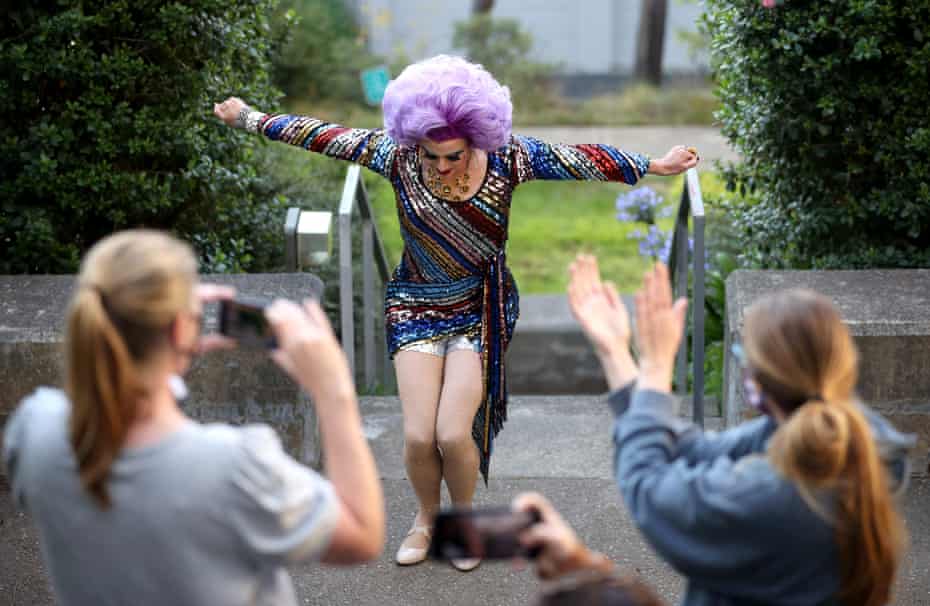
Meals on Heels was a lifeline for out-of-work drag performers who needed not only money but a creative outlet. “When you’re a performer, it’s in your blood. You want to perform,” Drollinger said. “We gave them a chance to dust off their wigs, dust off their pumps, and get out there.”
Necessity forced other communities in San Francisco to get creative as well.
In the Bayview, a historically Black neighborhood in south-east San Francisco, Gwendolyn Westbrook faced a crisis literally on her doorstep.
The neighborhood homeless shelter that she heads, the United Council of Human Services, was told by the city early in the pandemic to cut its capacity from 53 to 25 beds, in order to prevent Covid outbreaks. But fewer beds didn’t mean fewer people in need of housing. Shortly after the shelter-in-place order was issued, Westbrook remembered going into work and seeing crowds of people huddled in a corner outside the building, neither social distancing and nor sheltering in place. “Just trying to protect themselves from the elements,” she said.
“At that moment, I made up my mind,” Westbrook said. She set up 65 socially distanced tents at a nearby park. Community members donated tents, blankets and clean clothing, and with the shelter staff, they managed to serve the encampment residents three meals a day.
She didn’t know it at the time, but the encampment at that Bayview park would become a model for San Francisco officials, who would go on to open officially sanctioned safe sleeping villages across the city.
“She was the master tactician in that entire situation,” said Jennifer Friedenbach, the executive director of San Francisco’s Coalition on Homelessness, who said the tents were unauthorized at first but later received the city’s blessing. “She just saw she had to do something for her people and thought, ‘Fuck it. I’m going to set up a safe sleeping space for people in the park’ … She had to do it and show them that it could be done, and it could be done in a loving way, before they were willing to do it.”
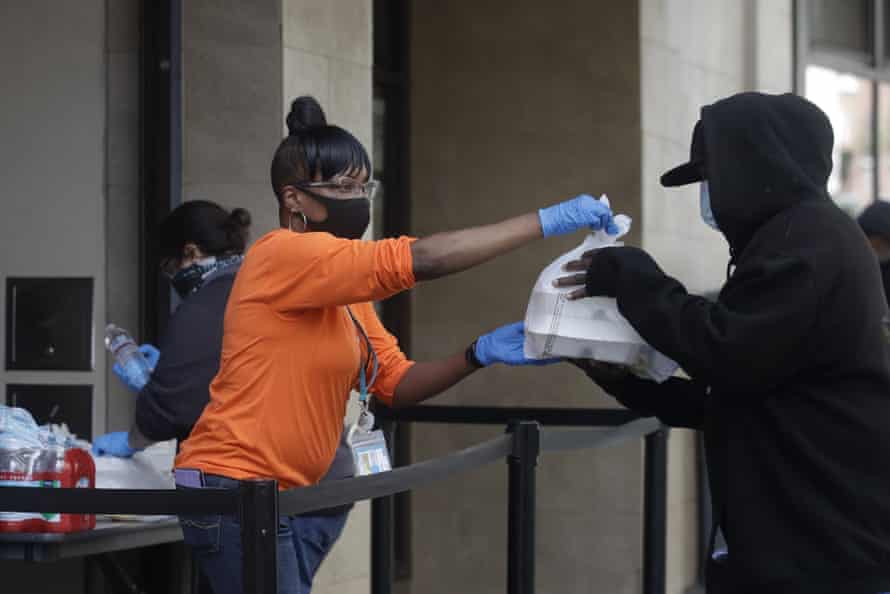
Westbrook said she couldn’t wait to ask permission. This was a crisis, and this was her community – in the Bayview, the vast majority of the homeless individuals came from the neighborhood and remained there.
“It was panic,” Westbrook said. “That disease, they said it was so contagious and so deadly. I didn’t want people to catch that just because they were poor. Where would they go from there?
“And let’s face it. Nobody cares about homeless people,” she added. “They won’t come to their rescue. We had to do something for our community and that’s what we came up with.”
‘People realized how interconnected we were’
Throughout the pandemic, the city’s unhoused population has faced continuous challenges. Capacity was reduced at shelters, and the resources once available and spaces that provided refuge were closed.
“The libraries closed, the cafes closed, the shopping centers. Nobody had a place to plug in their phones, there was no way to get in contact with people. The food programs shut down,” said Friedenbach. “We just kept hearing over and over again: ‘I feel like the city left me here to die.’”
Homeless deaths tripled in the first few months of the pandemic, many of them due to overdoses, which Friedenbach described as “deaths of despair”. At the same time, while many in the streets felt more alone than ever, Friedenbach said, many also saw an unprecedented level of community support.
A Haight Street bookshop owner began a drive to collect and hand out tents and sleeping bags. Others passed out water, food and hand sanitizer. “All these mutual aid networks started popping out,” Friedenbach said. “All of a sudden, people realized how interconnected we were and the otherness of unhoused people just melted away for some moments in the pandemic. It just felt like there was a real uprising of empathy and compassion.”
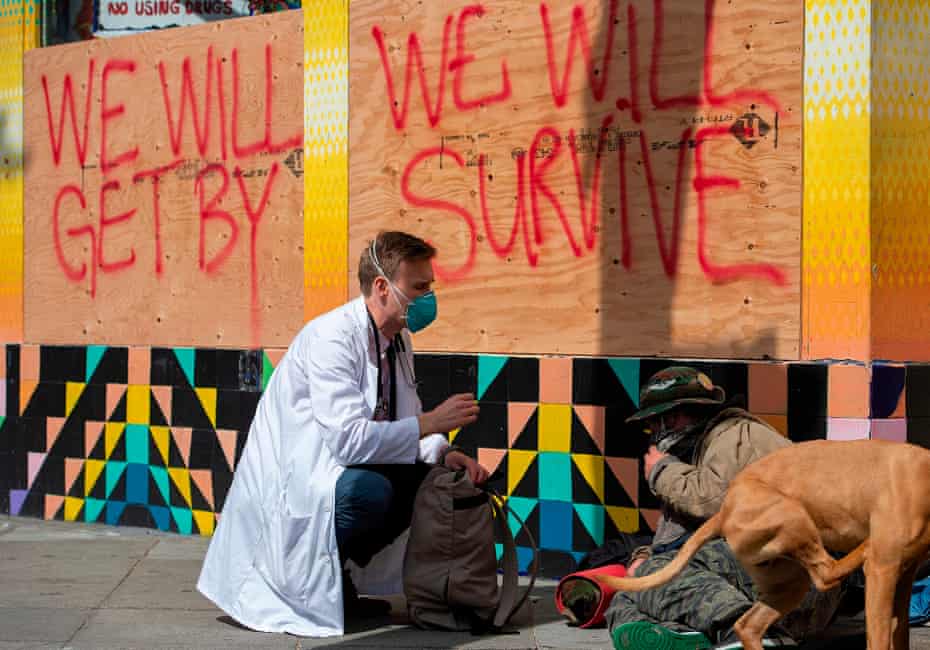
Friedenbach looks back on the past year with mixed emotions. On one hand, more homeless individuals are now housed in San Francisco than ever before, thanks to the efforts of organizers and programs like Project Roomkey, which temporarily brings older homeless individuals or those with conditions that put them at high risk from Covid into hotel rooms. “But there were thousands more who were left behind that we absolutely failed,” she said.
Yet looking forward, a mix of community momentum and new government funding to tackle homelessness are giving her hope. “When I ride around the Mission on my bike, I see ‘for rent’ signs in the windows. I haven’t seen that in 20 years. It means there are now landlords who are now willing to rent to poor people, who were once holding out for tech people with perfect credit,” she said. “We now have huge opportunities to correct disparities. We have an unforeseen opportunity to move the dial on homelessness in a way that I don’t know if I’ve ever seen since I’ve been working on homeless issues in the last 30 years.”
A city with a history of rebirth
It’s through this optimistic lens that many San Franciscans are viewing what some have deemed the year of recovery. They’re taking the lessons they learned in 2020 and using them to rebuild.
“This has brought us closer together, all the [community] agencies out here,” said Westbrook, reflecting on the past year. “It’s shown us the togetherness we must have in order to succeed. We’re going to fight to keep what we got. We’re going to keep our people in this neighborhood, and it doesn’t matter who’s going to like it.”
One year later, the financial situation for Oasis has grown dire. Drollinger hosted a telethon this weekend, raising money in hopes of holding out just a little longer until clubs can open fully once again. He was determined not to let the club shut down after the Stud, San Francisco’s oldest gay bar, permanently closed its longtime home in May. “It was more motivation to not let another queer space go,” Drollinger said, noting that drag clubs in the city were rapidly disappearing.

One of the performers who joined Drollinger for the telethon was Honey Mahogany, an activist and one of the Stud’s former owners. It was a heartbreaking decision for her and the other owners to close down a place that “was an emblem of what San Francisco was and what I hope it will always be”, she said.
And while Mahogany noted the decision to close had been a long time coming, she is hopeful the club will be reborn someday. “Looking in the long view, we have seen rents go down in San Francisco,” she said. “I hope that also means that venues will be able too have more affordable rents and we will be able to rebuild moving forward in a way and attract people back to the city who were forced to leave.”
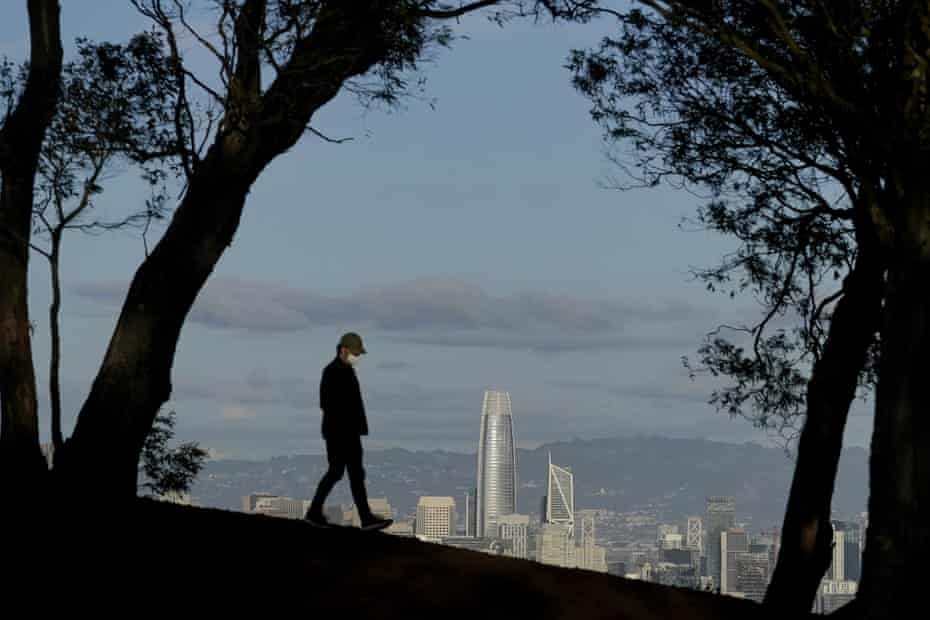
San Francisco is a city that loves a story of rebirth. The central figure in the city’s flag is a phoenix, a mythical creature known for self-immolating and then rising from the ashes, and one whose metaphor has been trotted out following disaster after disaster, including after the 1906 earthquake.
Mahogany evokes the image when talking about the future of San Francisco. “When you look at the greater arc of history, one thing to look forward to is when we have these great catastrophes, we experience a rising out of the ashes,” she said. “As we look forward toward rebuilding, it provides us with an opportunity to create the future we want to see. As things improve and as we rebuild, we can do so in a way that is more equitable and more inclusive.”
Mahogany continued: “People have said over and over again that San Francisco is dead. They said it in the 60s. They said it in the 70s. They said it in the 80s when Aids hit and they said it in the 90s when the last dotcom boom left. People keep saying it and San Francisco keeps re-creating itself.”
This content first appear on the guardian

Muchas gracias. ?Como puedo iniciar sesion?